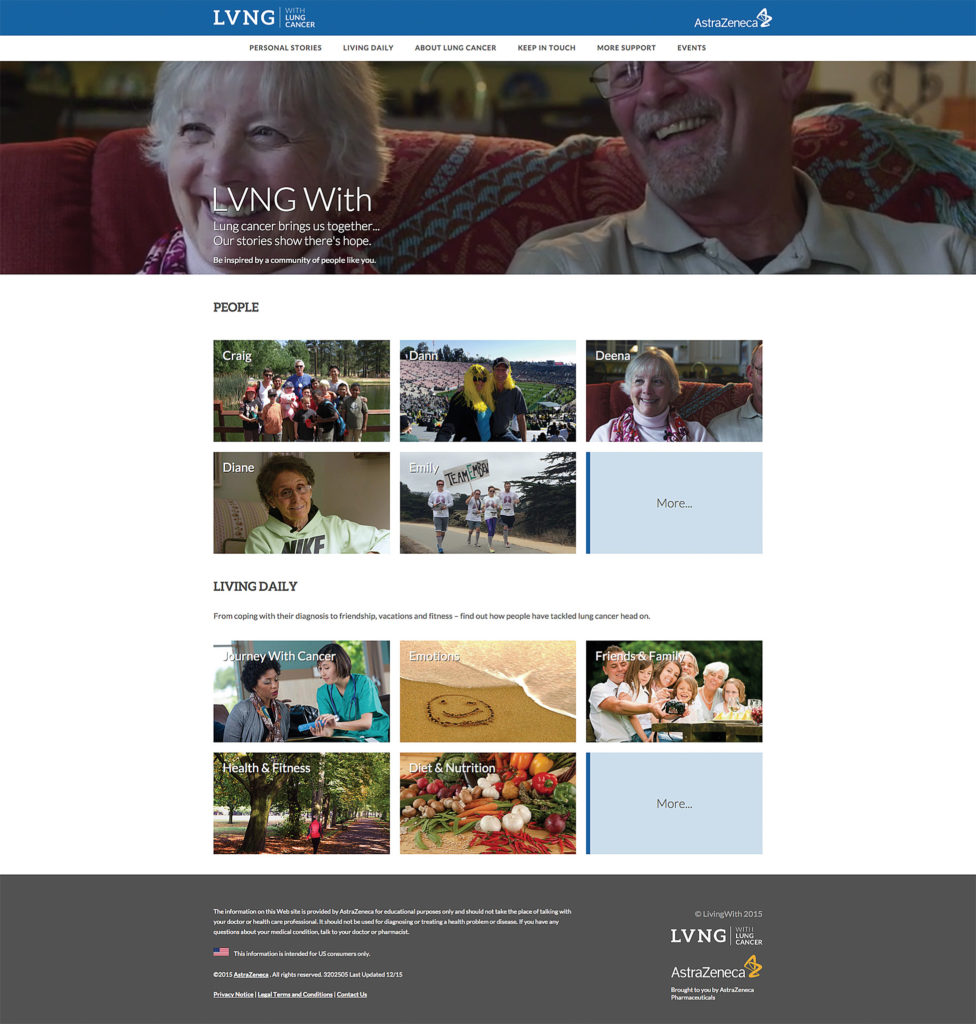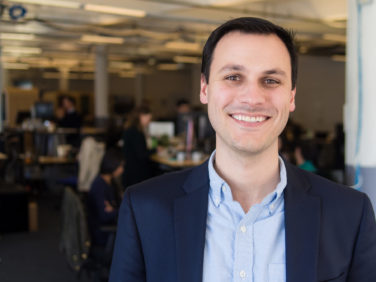Elizabeth Egan is the Executive Director, Global Digital Strategy & Innovation at AstraZeneca where she leads a team dedicated to championing digital innovation that improves lives and transforms the healthcare experience. PM360 spoke to her about creating patient-centric digital initiatives, working with emerging new startups, and using digital to simplify the healthcare experience.
PM360: One of your goals is to co-create digital initiatives with patients for patients. Can you describe how you go about actually achieving this?
Elizabeth Egan: At AstraZeneca, we are passionate about co-creating with patients for patients—digital is simply the enabler. AstraZeneca’s unique patient-centric approach is enabled by rapid product prototyping, testing, and learning. One strong example is our DIG model. DIG stands for Digital Innovation Group and is a collaboration between DigitasLBi and AstraZeneca. We came together to take on and solve some of the big challenges facing the pharma industry, such as finding new ways to put patients in the driver’s seat when it comes to decisions about their health and treatment options. The DIG model is a completely different way of working and aims to combine the benefits of our medicines with other things that patients need, like services.
For example, through the DIG process and real-world testing of ideas with patients, healthcare providers, and behavioral experts, we co-created a patient-centric digital coaching service and app called Day-By-Day (www.daybyday-coach.com).
Speaking of Day-By-Day, for that initiative you partnered with the mobile healthcare startup Vida Health. How did that collaboration come about?
I am a firm believer in working together with experts, rather than re-inventing the wheel. We saw a partnership opportunity with Vida Health to tap into its HIPAA-compliant app that provides personal health coaching services for a range of chronic conditions.
After immersive research, we thought that if we could provide a coach to help U.S. heart attack patients and their caregivers come to terms with what happened, and equip them with knowledge and tools to make and sustain healthy lifestyle changes, they could be on a better course going forward. Day-By-Day is a live digital coaching service developed in partnership with Duke University and co-created with patients and caregivers. The app, designed with Vida Health, combines high-quality digital content with a personal touch, providing patients and caregivers their own health coach from Vida’s expert, national network, as well as an extensive library of relevant articles, activities, and patient videos.
Right now the industry is brimming with digital health startups like Vida. How do you identify which startups might be a fit for a collaboration with AstraZeneca? Can you say anything about any other startups you are currently or are looking to partner with?
Collaborating with startups or other entrepreneurs with great ideas is part of evolving and operating within a digital world. You have to be willing to put aside what you know and listen to someone else who might have better insight.
I think the exposure and ability to work closely with such entrepreneurs is bringing in that entrepreneurial spirit and smart risk-taking to the company. It’s forcing us to move faster and try things, and to take the right risks in order to make a difference for the business and for our patients.
Right now we are starting to collaborate with Babylon Health in the UK—it’s still in the early days, but we’re impressed with the possibilities at this stage.
What are some of the other ways you are, or would like to, improve the patient’s experience through digital?
LVNG With (pronounced “Living With”) is another great example of patient-centric digital innovation. Fulfilling an unmet patient need, LVNG With is a multifaceted campaign that activates a community of people living with lung cancer and their loved ones through channels including www.LVNG.com, printed quarterly newspapers, live events, and social media.
 LVNG With inspires advocacy and spreads stories of hope and first-hand advice from people who understand. Through a “for the people, by the people” approach, 100% authentic stories are told by people who are living with lung cancer, in their own words, photos, and reactions. It’s a humbling and inspiring experience to work with this survivor community and witness how some of these people with lung cancer are thriving.
LVNG With inspires advocacy and spreads stories of hope and first-hand advice from people who understand. Through a “for the people, by the people” approach, 100% authentic stories are told by people who are living with lung cancer, in their own words, photos, and reactions. It’s a humbling and inspiring experience to work with this survivor community and witness how some of these people with lung cancer are thriving.
You are also working on an enterprise strategy for digital at AstraZeneca, spanning from early R&D to commercial and measurement. What can you tell us about that? What do you hope to achieve?
At AstraZeneca, we are developing a Global Business Strategy for a digital world. We know that digital capabilities can drive relevant patient-centric business. We believe a single, focused strategy that includes better utilization of our data will enable digital products and services to play a greater, more integrated role across the business, and impact health outcomes and performance while still putting patients first. Through this global effort, AstraZeneca will put a stake in the ground about how digital can make a difference in the lives of patients and in our future.
You are also a big proponent of simplification. What types of things are you using digital to help simplify in this industry?
Our Digital Innovation Group at AstraZeneca partnered with our clinical teams on an innovative technology called Trace to make clinical trial literature simpler and trials more personalized. This technology turns a study protocol into patient-friendly materials, such as easy-to-read online and printed study booklets. Further product development is planned, including adding personalization via a mobile app that will help participants manage their appointment schedules.
Are there any new developments in the world of digital that you are particularly excited about and how do you think they could impact the pharma industry?
I’m always on the hunt for relevant human connections to help more patients via digital, so I’m currently thinking about the role of virtual reality and social more broadly. It’s important to note that not every solution needs to be digital—we’re trying to meet as many needs as we can in a format in which patients want.





